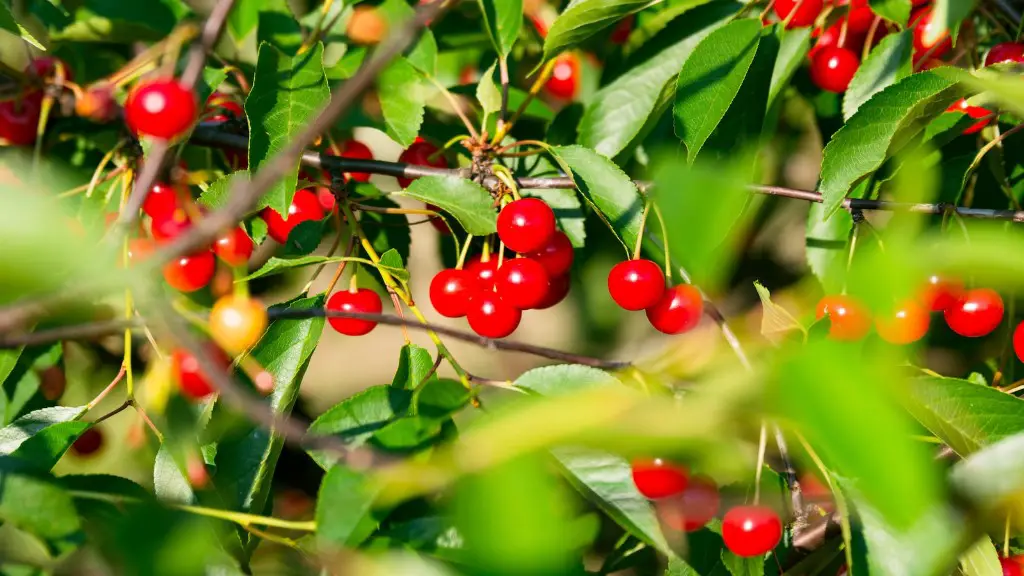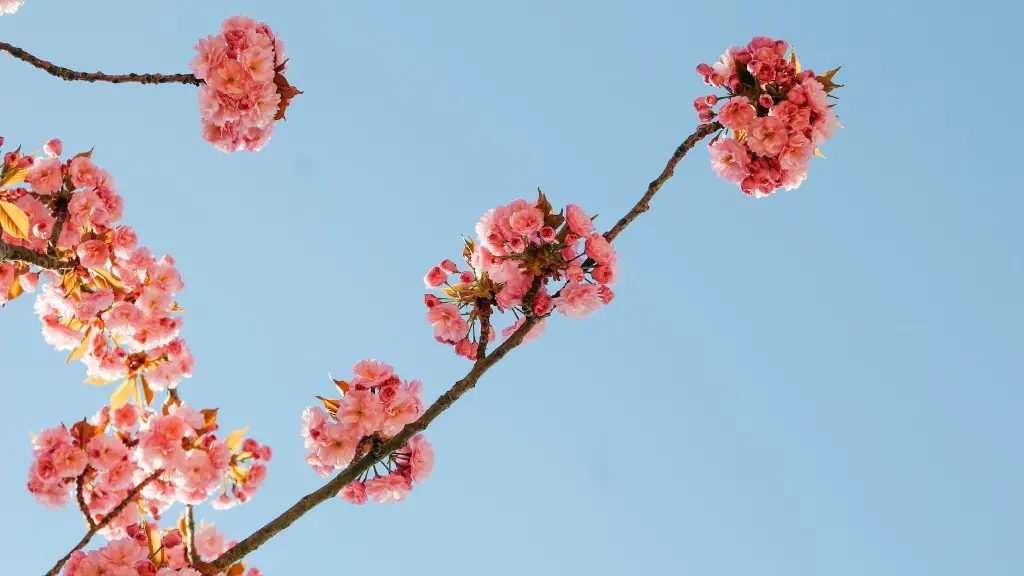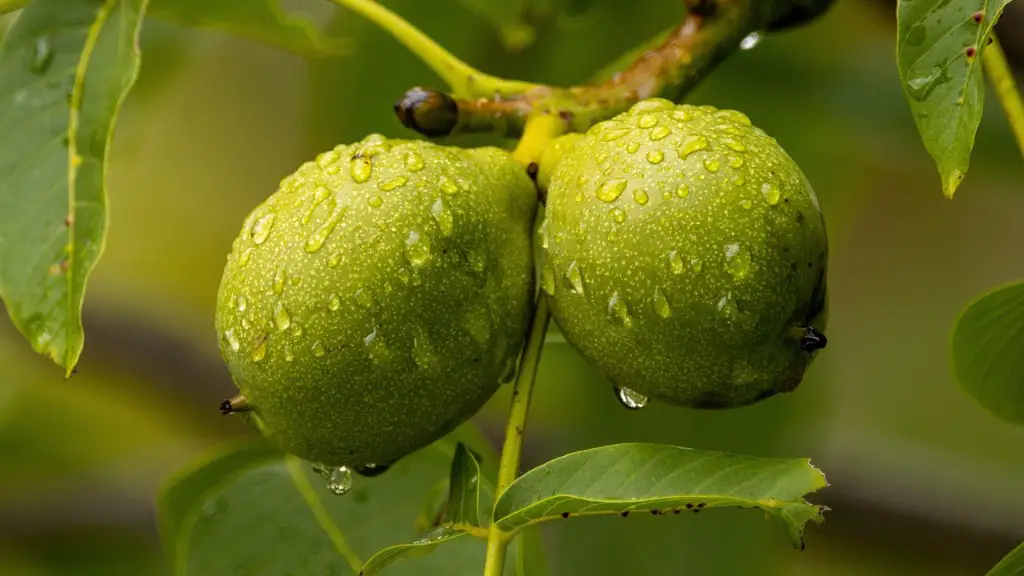Where is the Cherry Blossom Tree From
The Cherry Blossom Tree is a living symbol of the beauty of life, of its fleetingness and of tensions between mortality and rebirth. Its blossoms appear in pink and white, and they dot branches throughout the world with a stunning statement of beauty. The question “Where is the Cherry Blossom Tree from?” can be answered with a little history of the cultural appreciation of its grandeur.
The Cherry Blossom tree originated in Japan, its blossoms becoming a cultural phenomenon and an embodiment of the society’s appreciation for the beauty of nature. The name for the species of this tree, prunus yedoensis, is thought to have come from the former name of Tokyo, the capital of Japan, which was known as Yedo during the Edo period. Later, the Edo period was shortened to ‘Edo’, and the tree was named as a tribute to the city.
The Japanese have been admiring the splendor of the Cherry Blossom Tree for centuries. During the Edo period, hanami celebrations were held to celebrate the blooming of the tree. Hanami is a Japanese custom where individuals and groups gather to appreciate the beauty of the cherry blossom trees. It can take place outdoors or indoors, but these gatherings serve as a ritual celebration of life and its passing. Individuals bring food and drink, often a picnic of sushi or beer, and enjoy the passing of time.
During World War II, the Japanese troops allegedly carried cherry blossom branches onto the front lines, believing that they served as a symbol of the warrior spirit and were the physical manifestation of their honour in battle. Despite the apparent destruction that was taking place abroad, the Japanese troops wanted to keep in their minds the idea of beauty, hope and a desire to bring peace. For some, the cherry blossom tree embodied these desires as its blooming marked a new beginning.
After the war, the cherry blossom tree has been considered a symbol of hope and a reminder of the beauty of life. It has been used in many contexts from international relations to media, especially in its pink and white hue. It is featured in yearly seasonal festivals around various countries, such as a cherry blossom festival at the Brooklyn Botanic Garden, signifying the close connections between the nations of the world.
The cherry blossom tree is also a source of inspiration for art, literature, and songs, often being a metaphor for a brief life, or a reminder that beauty is there to be appreciated. That is why the cherry blossom tree has come to be associated with fragility and symbolic endings, often noted in arts and culture.
Cherry Blossom trees are now planted in many parts of the world, such as the United Kingdom, Mexico, and the United States. These trees are reminders of the beauty of life and serve as a symbol of the interconnectedness of the world and its nations.
Cherry Blossoms and Culture
In Japan, cherry blossom trees have a timeless presence, often serving as the inspiration behind special festivals, such as hanami in Osaka. Every April, Japan celebrates the cherry blossom season, with festivals and events all over the country. These events focus on appreciating the beauty of the blossom and enjoying a picnic under it, but also on the idea of kinship.
In China, the cherry blossom tree is seen as symbol of feminine beauty and refinement. It is also the unofficial symbol of Kaohsiung, Taiwan, which captures the beauty of the spring season with its cherry blossom festivals and parades.
In the United States, the cherry blossom tree is a visual representation of the friendship between the two countries. During the First World War, Japan gave the United States 3,000 cherry blossom trees as a gift of friendship. The trees are still in the area, and people take part in the festival every year, appreciating the fragility of life and remembering the people who have passed.
Cherry blossom trees have become a visual symbol of the beauty of life in many countries, and it is seen as a reminder that life is fragile. People gather to appreciate the brief life of the cherry blossom trees, and to remember the people who have passed away.
Cherry Blossom Trees in the Garden
Not only seen as culture and ritual in many countries, cherry blossom trees are often featured in home and gardens, giving the area a touch of beauty with its delicate flowers. For example, the James Surname Collection at the University of Queensland, Australia, is home to a number of cherry blossom trees. These serve as a testimony of the beauty of life and its fleetingness, in a society that tends to forget its roots.
The tree has come to mean different things to different people. Some see it as a reminder of the fragile nature of life and its brief beauty, while others may see the beauty of the tree as a metaphor for fragility and the passing of time. Whatever the interpretation, the cherry blossom tree has united the world with its beauty and continuity.
The cherry blossom tree is an example of the beauty of nature and of the importance of cherishing moments that come and go. While always a popular decision for garden decoration, the tree has been experiencing a surge in popularity as its beauty and joy bring a breath of fresh air during these tumultuous times.
The Symbolism of the Cherry Blossom Tree
The cherry blossom tree has been featured in many stories, songs and poems, and it is seen as a symbol of impermanence and mortality. This symbolism is often related to the life cycle of the tree, as the blooms bloom and die away each year, only to be replaced the following one. This has come to be associated with the idea of life and death, and of the fragile nature of life.
Cherry blossom trees have also been seen as a symbol of peace due to the fact that during World War II, the Japanese believed that they could symbolically carry the blossoms of the tree into battle with them. They wanted to carry a reminder of the beauty of life and of the hope for its end. This symbolism has been perpetuated ever since, as it serves as a reminder of the importance of peace.
The Japanese also used the blossoms of the cherry blossom tree to symbolize their hometowns. Many Japanese emigrants to the United States carried the branches of the tree with them, as a reminder of their home country and its culture. The belief is that no matter how far away you are, you can always find a little piece of home in the blossoms of the cherry blossom tree.
The cherry blossom tree can also be seen as a sign of good luck and fortune. In Japan, people are known to adorn their homes with cherry blossom tree branches for protection against bad luck and negative energies. In the United States, the tree is often planted in public areas as a symbol of good luck. Some people even go so far as to make a wish on a cherry blossom tree branch.
Caring for the Cherry Blossom Trees
The Cherry Blossom Tree needs special care to thrive and continue to provide us with its stunning display. Severe cold and drought can damage this tree, so it’s important to provide some extra care when planting it in your garden. It requires well-drained soil and regular watering and mulching to help the tree survive. Pruning and trimming the branches is also essential, as is pest control.
The best time to plant a cherry blossom tree is during April or May, and the tree should be watered regularly throughout the summer to ensure that it stays healthy. The trees can also be fertilized regularly to boost their growth and blossoming. Most importantly, the trees should be protected from cold winter weather, since severe cold can damage the tree.
Cherry blossom trees can bring a sense of beauty and awe in any given space. With its fragility and connectedness to cultures around the world, the tree remains a beautiful symbol of life. However, in order to ensure its longevity, the necessary care and maintenance should be provided.
Finding CherryBlossom Trees
Cherry blossom trees can be found in many nurseries and online stores. Additionally, many cities have programs in place to plant cherry blossom trees and even celebrate the blooming of the trees around the city. Additionally, botanic gardens often feature cherry blossom trees and host events and festivals celebrating the beauty of the blooms.
The Cherry Blossom tree is a reminder of the unity of the world and of its beauty, fragility and mortality. It’s a living reprieve of history, of cultures and of connection, blurring the edges of nationalities and lands. Its blossoms bloom and die all over the world, leaving a trace of its presence in cultures, gardens and memories – yet asking for nothing in return.


